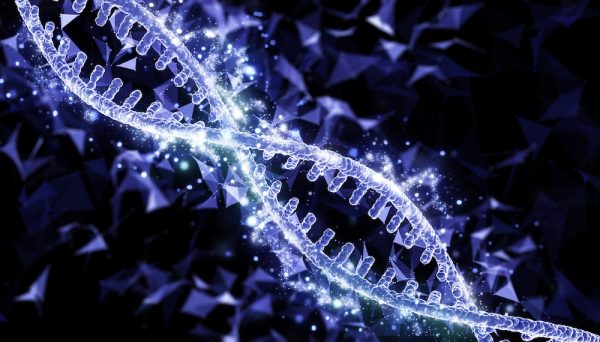Scientists identify how protein droplets trigger the harmful clumping that drives Parkinson’s disease, potentially opening new treatment paths.
The discovery reveals how ubiquilin-2 protein catalyses the aggregation of alpha-synuclein, the misfolded protein that forms toxic deposits in the brains of people with Parkinson’s.
These deposits, called Lewy bodies, accumulate in neurons in the substantia nigra region of the brain, damaging cells and causing the movement symptoms characteristic of the condition.
Researchers from Juntendo University Faculty of Medicine in Japan found that liquid droplets formed by ubiquilin-2 protein accelerate the clumping of alpha-synuclein into harmful fibrils. They also identified a compound called 1,2,3,6-tetra-O-benzoyl-muco-inositol (SO286) that blocks this interaction.
Alpha-synuclein is a protein that normally helps nerve cells communicate. In Parkinson’s disease, it misfolds and clumps together, forming thread-like structures called fibrils that eventually become Lewy bodies.
The team discovered that ubiquilin-2, a protein involved in maintaining cellular balance, forms liquid droplets through a process called liquid–liquid phase separation, similar to oil separating from water. These droplets act as catalysts, speeding up alpha-synuclein aggregation.
“By uncovering the mechanisms that trigger the aggregation process, we hope to find new ways to prevent it and ultimately contribute to the development of disease-modifying treatments.” said professor Masaya Imoto, who led the research alongside professor Nobutaka Hattori, Dr Tomoki Takei and Dr Yukiko Sasazawa.
The study involved fluorescent labelling of both proteins and microscopic analysis. The team used SH-SY5Y neuronal cells for laboratory studies and examined brain sections from patients with sporadic Parkinson’s disease.
They confirmed that alpha-synuclein becomes incorporated into ubiquilin-2 liquid droplets. Specifically, alpha-synuclein interacts with regions called STI1 domains on the ubiquilin-2 protein.
“The STI1-2 domain of UBQLN2 directly interacts with α-syn, facilitating α-syn aggregation within UBQLN2 condensates.” explained Dr Sasazawa.
The researchers found ubiquilin-2 present in the substantia nigra region of brain sections from Parkinson’s patients, confirming its involvement in the disease process.
Significantly, SO286 was shown to prevent ubiquilin-2 from forming liquid droplets. It binds to the same region of ubiquilin-2 that interacts with alpha-synuclein, blocking their interaction and reducing aggregation.
Currently, no cure exists for Parkinson’s disease, with treatments focused on managing symptoms rather than slowing progression. The condition affects millions worldwide, with numbers expected to rise as populations age.
Parkinson’s is a progressive neurodegenerative disorder that primarily affects movement, causing tremor, stiffness, slowness and balance problems. It occurs when nerve cells in the substantia nigra die or become impaired, reducing dopamine production.
The discovery suggests that targeting the interaction between ubiquilin-2 and alpha-synuclein could provide a new therapeutic approach for slowing disease progression.
“Our study points towards a promising therapeutic approach for neurodegenerative diseases. Compounds that block the fibril-catalysing activity of proteins like UBQLN2 could be developed into drugs, which can lead to preventing harmful aggregate formation.” concluded professor Hattori.
The research was published online on 14 October 2025, with the full study appearing on 17 November 2025.
The findings could have implications beyond Parkinson’s disease, as ubiquilin-2 is associated with several other neurodegenerative conditions where protein aggregation plays a role.
This news item came from: https://nrtimes.co.uk/mechanism-behind-parkinsons-progression-discovered/





